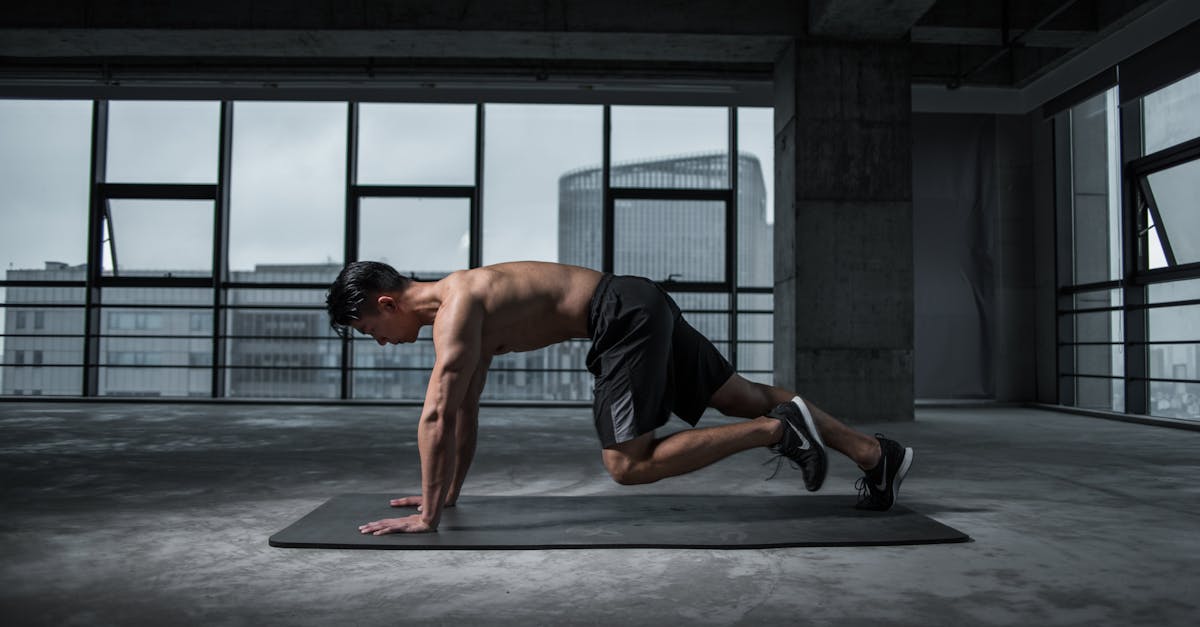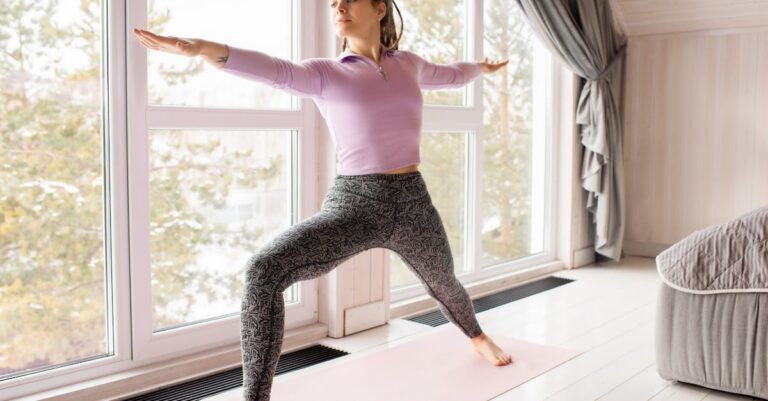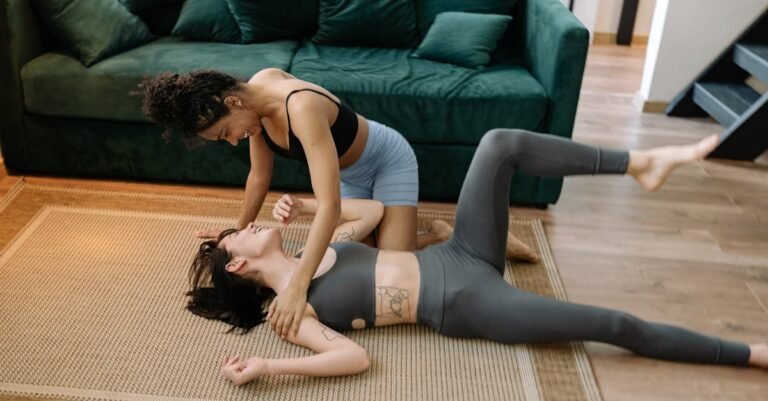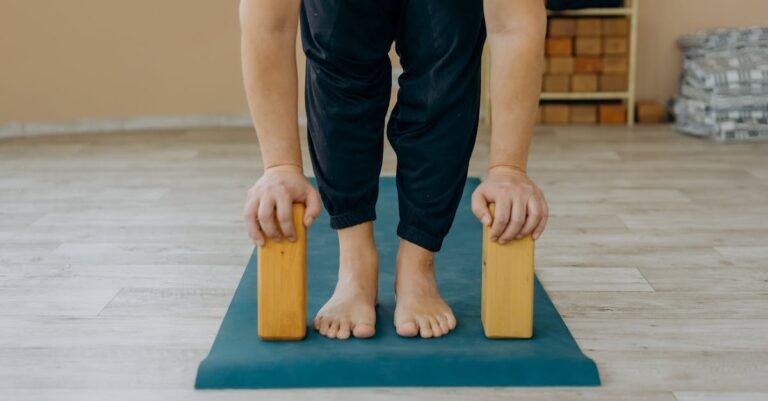Ever feel a twinge in your back after picking something up? Or maybe you just feel kinda… wobbly sometimes? A lot of us walk around with a core that’s not quite pulling its weight, and it can affect everything from how you sit at your desk to playing catch in the yard. If you’re tired of feeling unstable or dealing with annoying aches, you’ve come to the right place. This article is gonna break down what your core really is (spoiler: it’s not just your abs!), why making it stronger is a game-changer, and show you some super simple exercises you can do right in your living room. No fancy gym membership needed! Stick around, and you’ll learn how to build a stronger middle for better movement and less ouches.
What Exactly IS Your Core? (It’s More Than Just Abs!)
Okay, let’s chat about your core. When most people hear “core,” they probably picture rock-hard, six-pack abs, right? Well, that’s part of it, but it’s only a tiny piece of the puzzle! Think of your core like the sturdy trunk of a tree. It connects your upper body and lower body and keeps everything stable and strong. It’s actually a whole team of muscles working together.
This team includes:
- The muscles deep inside your belly (like the transverse abdominis – imagine it like a built-in corset).
- The muscles running up your back (erector spinae).
- Your side muscles (obliques – the ones you use when you twist).
- Even your glutes (your butt muscles!), hip flexors, diaphragm (yep, the breathing muscle!), and pelvic floor muscles are part of the crew.
Basically, it’s everything around your middle, front, back, and sides. It’s the powerhouse that helps you stand tall, bend, twist, and lift without falling apart!
Why Bother Strengthening Your Core?
So, why should you care about strengthening this muscle team? Oh, let me count the ways! It’s not just about looking toned. A strong core is like having a secret superpower for everyday life.
First off, better posture. Tired of slouching? A strong core helps hold you upright naturally, without you even thinking about it. Say goodbye to that C-curve at your desk!
Then there’s less back pain. So many aches come from a weak core that isn’t supporting the spine properly. Strengthening those muscles acts like a natural brace, taking pressure off your back. Imagine Sarah, who used to get back twinges just from loading the dishwasher. After working on her core, she found those everyday tasks became way less painful. (This is just an example, of course!)
You’ll also get improved balance and stability. Less tripping, less wobbling. Think about carrying a squirming toddler or navigating an icy sidewalk – a solid core keeps you steady on your feet.
Plus, everyday tasks just get easier. Lifting groceries, vacuuming, gardening, even just getting out of a chair feels less strenuous when your core is engaged and helping out.
Getting Started: Safety First!
Alright, before you jump onto the floor, let’s talk safety. It’s super important! The goal here is to get stronger, not to hurt yourself.
The biggest rule? Listen to your body. If something feels sharp or painful, stop. Seriously. A little muscle tiredness is okay, even good, but sharp pain is your body waving a big red flag. Don’t ignore it.
Start slow. It’s way better to do fewer reps with good form than lots of sloppy ones. Focus on feeling the right muscles working. Quality over quantity, always!
It’s also a good idea to do a quick warm-up before you start. Nothing crazy – maybe 5 minutes of light movement like marching in place, some gentle arm circles, or torso twists. Just get the blood flowing.
And when you’re done, a little cool-down stretch can feel great. If you have any ongoing health issues or injuries, especially back problems, it’s always smart to have a quick chat with your doctor or a physical therapist before starting something new. They can give you personalized advice.
Your At-Home Core Workout Toolkit: Exercise #1 – The Plank
Let’s kick things off with a classic: the Plank. It looks simple, but boy, does it work your core!
Here’s the basic idea: Get down on the floor like you’re about to do a push-up, but rest on your forearms instead of your hands (you can also do it on your hands, called a high plank). Your elbows should be directly under your shoulders.
The key is form. You want a straight line from your head, through your shoulders, hips, and down to your heels. Don’t let your hips sag towards the floor, and don’t stick your butt way up in the air. Imagine you’re a straight, strong plank of wood!
Engage your core: Gently pull your belly button towards your spine. Don’t hold your breath! Keep breathing steadily.
Too tough? No problem! Drop to your knees. You’ll still get a great core workout. Just keep that straight line from knees to head.
How long? Start with whatever you can manage with good form – maybe 15-20 seconds. Aim to gradually hold it longer as you get stronger. The plank is awesome because it builds endurance in pretty much your whole core team.
Moving On Up: Exercise #2 – The Bird Dog
Next up: the Bird Dog. This one is fantastic for stability and working your back muscles alongside your abs.
Start on your hands and knees, like you’re about to crawl. Make sure your hands are directly under your shoulders and your knees are directly under your hips. Keep your back flat – imagine you have a glass of water balanced on your lower back and you don’t want to spill it!
Now, slowly and smoothly, extend your right arm straight forward and your left leg straight back at the same time. Keep your hips level and try not to wobble. Think about reaching long, not high. Hold for a second or two.
Bring your arm and leg back to the starting position with control. Then, repeat on the other side: extend your left arm and right leg.
Focus on moving slowly and keeping that core tight. Don’t let your back arch or round. This exercise is brilliant for teaching your core to stay stable while your limbs are moving – super useful for things like reaching or walking.
Aim for about 8-12 repetitions on each side.
Hitting the Sides: Exercise #3 – Side Plank
We’ve worked the front and back, now let’s hit the sides! The Side Plank targets those oblique muscles, which are key for twisting movements and side-to-side stability.
Lie on your side, propped up on one forearm. Your elbow should be directly under your shoulder. Stack your feet one on top of the other (or stagger them slightly for more stability). Your body should be in a straight line from your head to your feet.
Now, lift your hips off the floor until your body forms that straight line. Engage your core – especially the side closest to the floor. Don’t let your hips droop!
Need a modification? Bend your bottom knee and keep it on the floor for extra support. You’ll still feel it working!
Hold the position, breathing steadily. Just like the regular plank, start with a time you can manage with good form (maybe 15-20 seconds per side) and build up from there. Remember to do both sides!
Think about how often you twist or lean sideways in a day – grabbing something from the passenger seat, reaching across the table. Strong obliques make these moves safer and easier.
Putting It All Together: Creating a Routine
Okay, so you’ve got three great exercises: Plank, Bird Dog, and Side Plank. How do you turn these into a routine?
You don’t need to spend hours! Aim to do these exercises 2-3 times a week, maybe on non-consecutive days to give your muscles time to recover and get stronger.
Here’s a super simple starting routine:
- Warm-up (a few minutes of light movement)
- Plank: Hold for 20-30 seconds
- Bird Dog: 10 reps each side (slow and controlled)
- Side Plank: Hold for 15-20 seconds each side
- Rest for a minute or two, then repeat the whole circuit 1-2 more times.
As you get stronger, you can gradually increase the hold times for the planks or do more reps of the Bird Dog. The most important thing is consistency. Doing a short routine regularly is way more effective than doing a super long, intense workout once in a blue moon.
Listen to your body, focus on that good form, and be patient with yourself. Progress takes time!
So there you have it! Your core is way more than just your abs – it’s the central hub that keeps you stable, strong, and moving well. Weak core muscles can lead to things like back pain and poor posture, but the good news is you don’t need a fancy gym to strengthen them. Simple exercises like the plank, bird dog, and side plank, done right in your own home, can make a huge difference. Remember to focus on good form, listen to your body, and start slow. By adding these moves into your routine just a few times a week, you’ll be building a stronger foundation for easier movement, better balance, and hopefully, fewer aches and pains in your daily life. You’ve totally got this!










